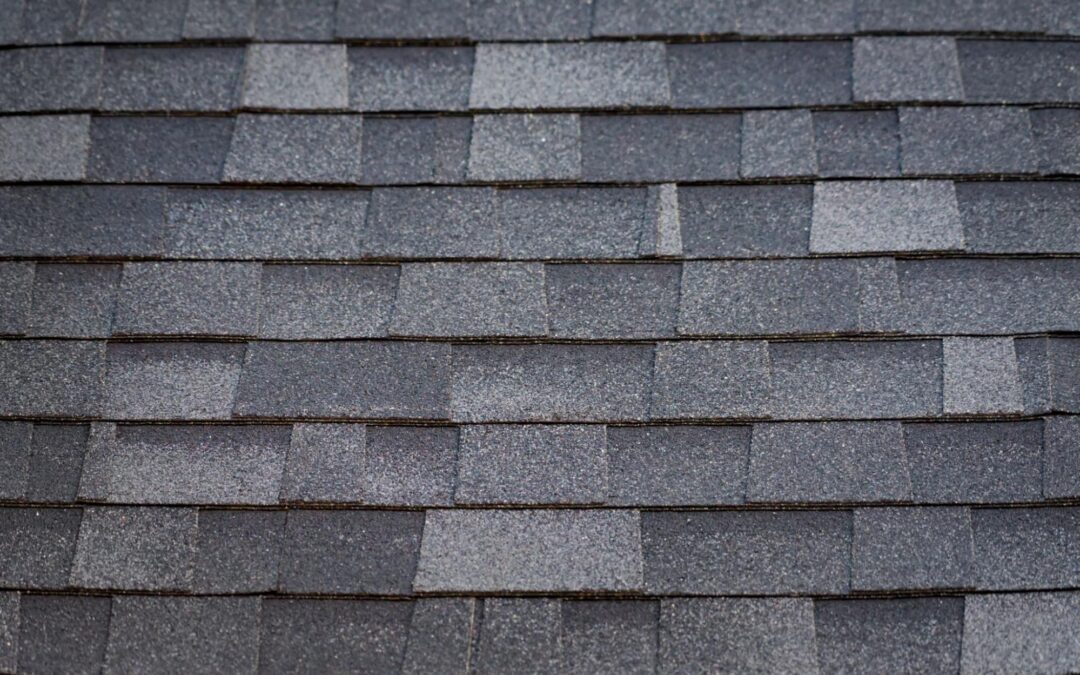Why Metal Roofing Installed Over Shingles is a Bad Idea
Metal roofing has grown in popularity for its durability, energy efficiency, and modern aesthetic. However, some homeowners make the mistake of installing metal roofing over existing shingles. While it might seem like a cost-saving shortcut, metal roofing installed over shingles can lead to serious problems in the long term. In this article, we’ll explore why this practice is generally discouraged and what you should do instead.
The Appeal of Installing Metal Over Shingles
It’s easy to understand why some homeowners consider installing metal roofing directly over old shingles:
-
Saves Time: Removing old shingles can be labor-intensive.
-
Saves Money: Skipping the tear-off step reduces labor and disposal costs.
-
Minimizes Waste: Less roofing material ends up in a landfill.
On the surface, these benefits might seem appealing, but the potential risks far outweigh the short-term gains.
Risks of Metal Roofing Installed Over Shingles
1. Hidden Damage Remains
One of the biggest concerns is that underlying damage may go unnoticed. Old shingles can hide rot, water damage, or structural issues. If these problems are not addressed before installing metal roofing, they can worsen over time and compromise your roof’s integrity.
2. Reduced Lifespan
Metal roofing is designed to be installed on a flat, stable surface. Installing metal over shingles creates an uneven base, which can put stress on the panels. This stress can lead to premature warping, bending, or even panel failure.
3. Increased Risk of Leaks
Shingles have nails, granules, and irregular surfaces. When metal is installed on top, it may not seal properly in certain areas, increasing the risk of leaks. Water trapped between the shingles and the metal roofing can accelerate rot and damage the roof deck.
4. Voided Warranties
Many metal roofing manufacturers do not warranty their products if installed over existing shingles. This is because improper installation over shingles is considered a high-risk practice. Skipping the proper tear-off can void your warranty, leaving you unprotected if issues arise.
5. Difficulty with Repairs and Maintenance
If a problem occurs, repairing metal roofing installed over shingles is more complicated. You may need to remove the metal panels and the old shingles to address the underlying issues. This adds unexpected costs and labor compared to installing metal directly on a clean roof deck.
Best Practices for Installing Metal Roofing
Instead of installing metal roofing over shingles, experts recommend:
-
Tear Off Old Shingles: Remove the existing roof layers to inspect the decking. This ensures there’s no hidden damage.
-
Inspect and Repair the Decking: Replace any rotten or damaged sections before installing the new roof.
-
Install Underlayment Properly: A quality underlayment protects against moisture, extends the life of your metal roofing, and provides a smooth, level surface.
-
Follow Manufacturer Guidelines: Always install metal panels according to the manufacturer’s recommendations to maintain warranties and ensure optimal performance.
By following these steps, you ensure your new metal roof performs as intended and lasts for decades.
The Bottom Line
While it may seem tempting to save time and money by installing metal roofing over shingles, the risks far outweigh the benefits. Hidden damage, increased risk of leaks, structural stress, and potential warranty issues make this shortcut a poor choice.
Investing in a proper tear-off and professional installation ensures your metal roof remains durable, leak-free, and protected for years to come.
Trust the Experts
If you’re considering a new metal roof, work with a reputable contractor experienced in metal roofing installation. Proper installation, underlayment, and deck preparation are essential to protect your investment and enjoy the full benefits of metal roofing.

